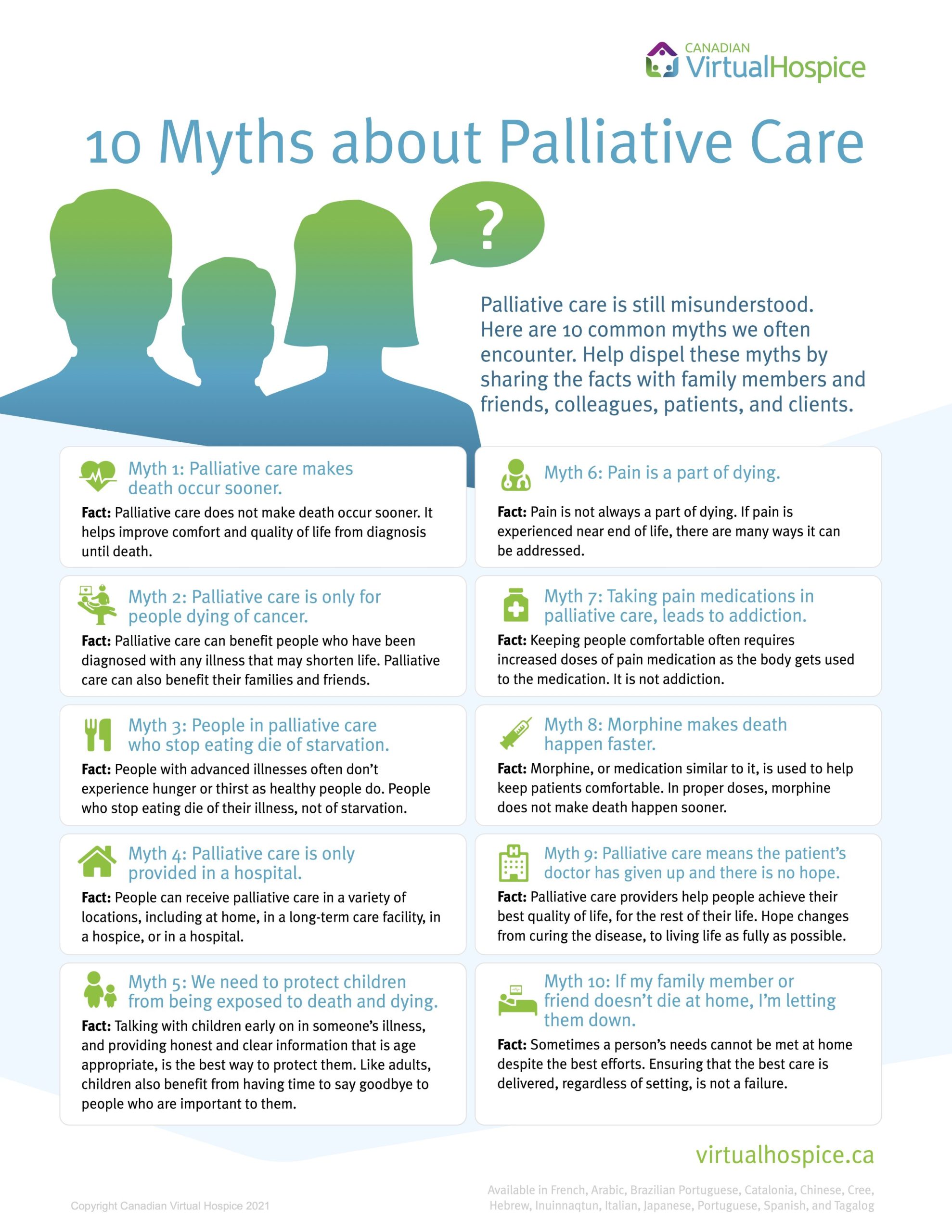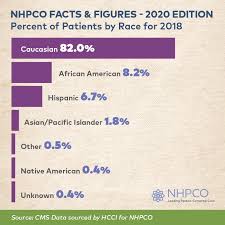
Physicians and surgeons are two of the highest-paid medical jobs. These jobs require years and much hard work, as well as expensive training. These jobs can have great benefits. Those who choose these careers also enjoy a high level of job security.
There are many other positions in the medical field that are highly paid, but these are the 10 highest-paid. It is predicted that the medical industry will grow twice as fast than other industries. This makes it a promising career choice for those looking to make an impact in the world.
Surgeons, pharmacists, doctors, and other medical professionals are the best. These professionals perform medical exams, prescribe medications, provide health screenings, and offer counseling to patients. These doctors still make use of diagnostic imaging techniques, which are still very useful in diagnosing cancerous tumors. They also collaborate with other medical professionals in order to provide the best care for their patients.
Physician assistant is another option. These professionals are usually employed in hospitals or medical offices. To be able to work in this field, professionals must have a Master's and state licensure. These positions are also paid fairly. In certain states, doctors assistants may be able to work independently and even prescribe medication.

These positions are highly lucrative and offer job security. Between 2020-2030, 36,500 new jobs are expected in the medical sector. The demand for healthcare services is expected to rise by 45 percent. This is expected to lead to a workforce shortage of 65 million by 2030. The best way to start a career as an medical assistant is through programs. These positions can also be a great way for one to increase their retirement savings.
The phlebotomist is another possible career. These medical professionals work in hospitals to perform various medical procedures, including drawing blood from patients. These professionals also provide health screenings and administer immunizations.
A few other high paying medical jobs include physician assistants, respiratory therapists, and laboratory technicians. These jobs require both a master's degree and licensure. They can expect to earn an average salary of $89,000 each year.
For the sake of completeness, we also consider some of the lower-paying medical jobs. These include phlebotomists. These are the most well-paid medical jobs, and they pay a decent wage.
Among the highest paying medical jobs, the anesthesiologist is the clear winner. This professional provides anesthesia to patients, and their pay is on par with that of a surgeon. Their average annual salary is $461,000. Male anesthesiologists make more than female, but they earn less.

Other high-paying medical careers include occupational therapists and speech-language pathologists. These professionals perform medical procedures as well monitor patients' hearts and blood pressure. They also provide advice and support for healthy living.
To become a physician, you will need to put in a lot effort and education. However, the rewards and perks can be substantial.
FAQ
Which are the three levels of care in a health facility?
The first level includes general practice clinics. These provide basic medical services for patients not requiring hospital admission. If required, they can refer patients for treatment to other providers. This includes nurse practitioners, general practitioners and midwives.
The second level of care is primary care centers, which provide outpatient services that include emergency care. These include hospitals, walk in clinics, urgent care centres, family planning clinics and sexual health clinics.
Secondary care centers are the third level and offer specialist services like neurosurgery, eye surgery, and orthopedic surgery.
What about the role of the private sector?
The private sector has a vital role to play in delivering healthcare. The private sector provides some equipment for hospitals.
It also covers some hospital staff. They should also be able to contribute to the running of the system.
They have their limits.
It is not always possible for private providers to compete with government services.
And they shouldn’t try to run it all. This could result in a system that isn't cost-effective.
What is public health's health system?
The health system refers to all activities involved with providing medical services to a community. It covers service delivery, financing and regulation as well as education, training, information systems, and research.
Statistics
- The healthcare sector is one of the largest and most complex in the U.S. economy, accounting for 18% of gross domestic product (GDP) in 2020.1 (investopedia.com)
- Over the first twenty-five years of this transformation, government contributions to healthcare expenditures have dropped from 36% to 15%, with the burden of managing this decrease falling largely on patients. (en.wikipedia.org)
- About 14 percent of Americans have chronic kidney disease. (rasmussen.edu)
- For the most part, that's true—over 80 percent of patients are over the age of 65. (rasmussen.edu)
- Consuming over 10 percent of [3] (en.wikipedia.org)
External Links
How To
What are the key segments in the Healthcare Industry?
The healthcare industry is made up of key segments such as medical devices, pharmaceuticals and diagnostics, biotechnology, therapy, health information technology, medical equipment, and other medical devices.
Defibrillators are blood pressure monitors, blood pressure monitors, stethoscopes or ultrasound machines that can be used to diagnose, prevent, or treat diseases. These devices are designed to diagnose or prevent disease.
Pharmaceuticals are medicines prescribed to relieve symptoms or treat disease. Antibiotics, antihistamines (or contraceptives), are just a few examples.
Diagnostics are tests done by laboratories to determine illness or injury. These include blood tests, urine samples and CT scans.
Biotechnology refers to using living organisms (such as bacteria) to produce useful substances that can be applied to human beings. Some examples include insulin, vaccines, and enzymes.
Therapeutics are treatments administered to humans to treat disease or relieve symptoms. They can involve drugs, radiation therapy or surgical interventions.
The computer software programs called health information technology help doctors and their teams to manage patient records. It allows them to track the medications being taken, their timing, and if they are functioning properly.
Anything used to diagnose or treat illnesses and conditions, such as diabetes, is medical equipment. Dialysis machines, pacemakers and ventilators are just a few examples.